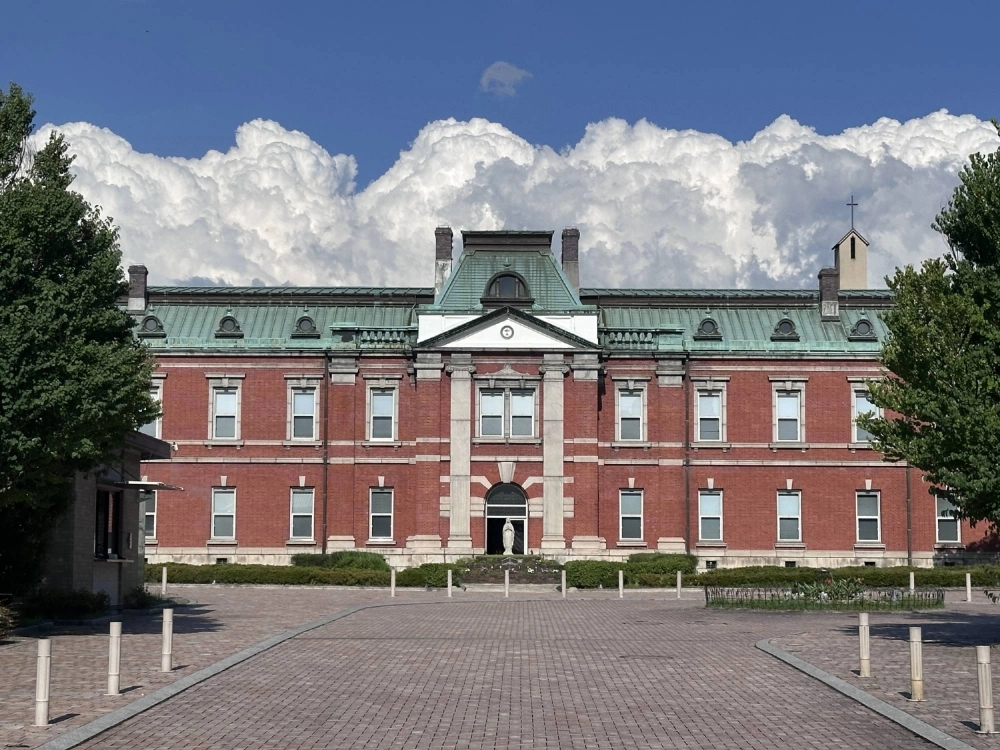Long before Hollywood and “Oppenheimer” canonized the claim, Kyoto embraced the identity of a city spared from the ravages of World War II.
In the 2023 movie, U.S. Secretary of War Henry Stimson casually removes the ancient capital from a list of potential targets for the atomic bomb, claiming he and his wife honeymooned there years previously. More probable is that Stimson was persuaded by dinner conversation with his cousin Henry Loomis, who emphasized Kyoto’s numerous artistic and architectural treasures that he had learned of while studying Japanese history at Harvard. Loomis was perhaps under the tutelage of Japan specialist Langdon Warner, who was also credited as the savior of Nara and Kyoto and who, despite his protestations, is now enshrined in statuary in front of Nara's Horyuji Temple and Kamakura Station.
Yet Kyoto was not completely unaffected by the air raids that devastated much of the rest of the country. During the first half of 1945, the city was indiscriminately bombed five times, resulting in 302 deaths and 563 injuries. Due to press censorship at the time, documentation is scarce, but the initial raid on the Umamachi neighborhood in the city’s Higashiyama Ward appears to have left 36 dead and destroyed more than 140 houses. Today, a small monument stands in a schoolyard adjacent to the Four Seasons Kyoto.


















With your current subscription plan you can comment on stories. However, before writing your first comment, please create a display name in the Profile section of your subscriber account page.